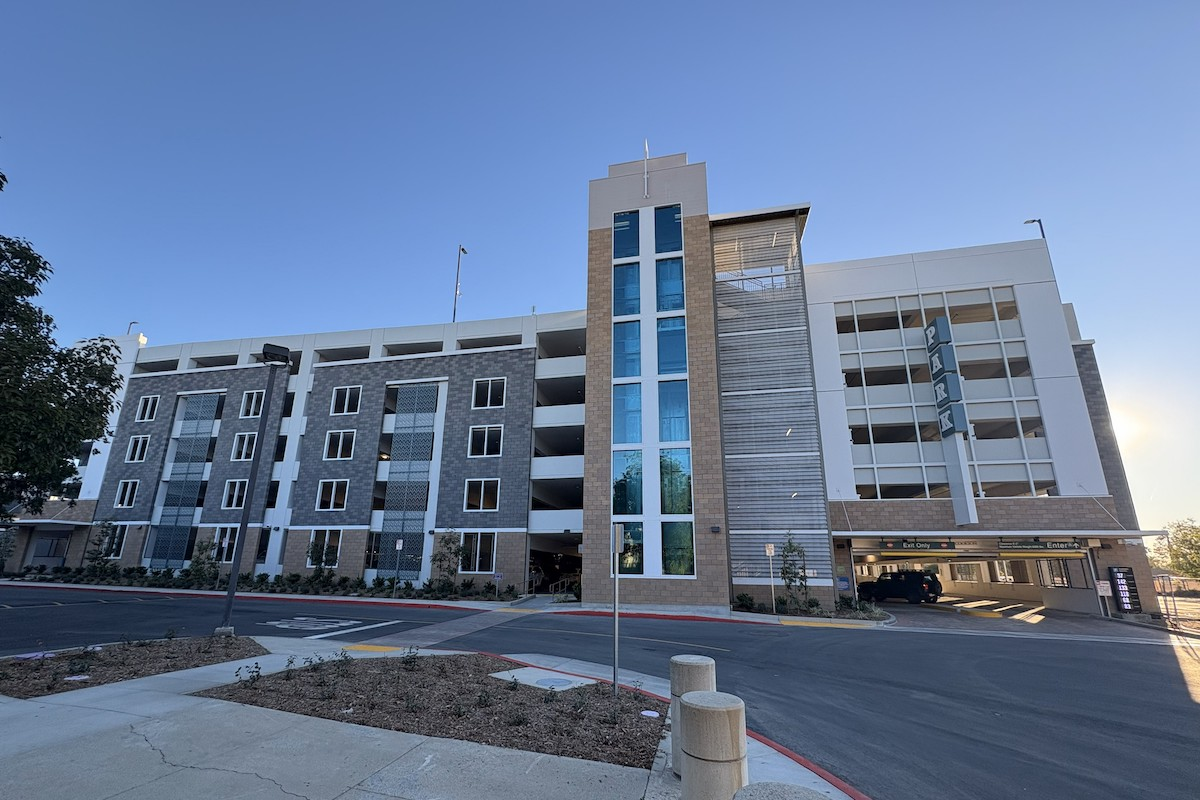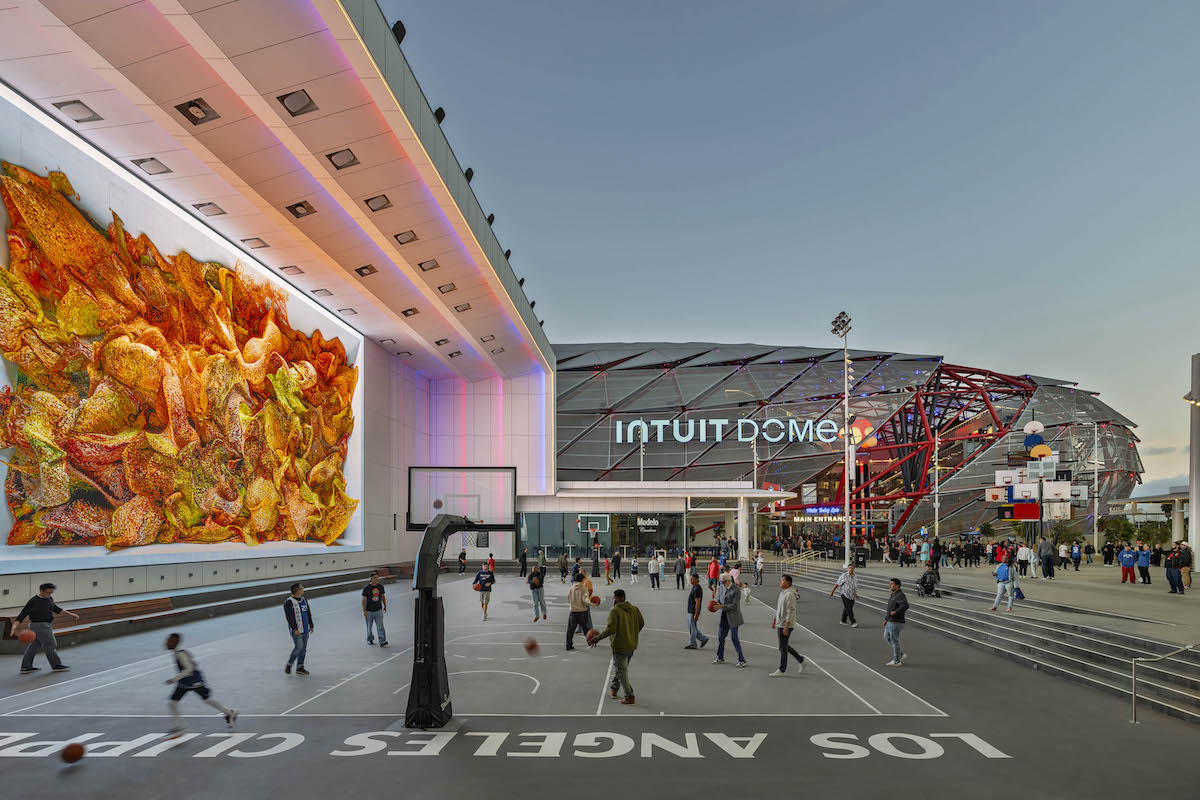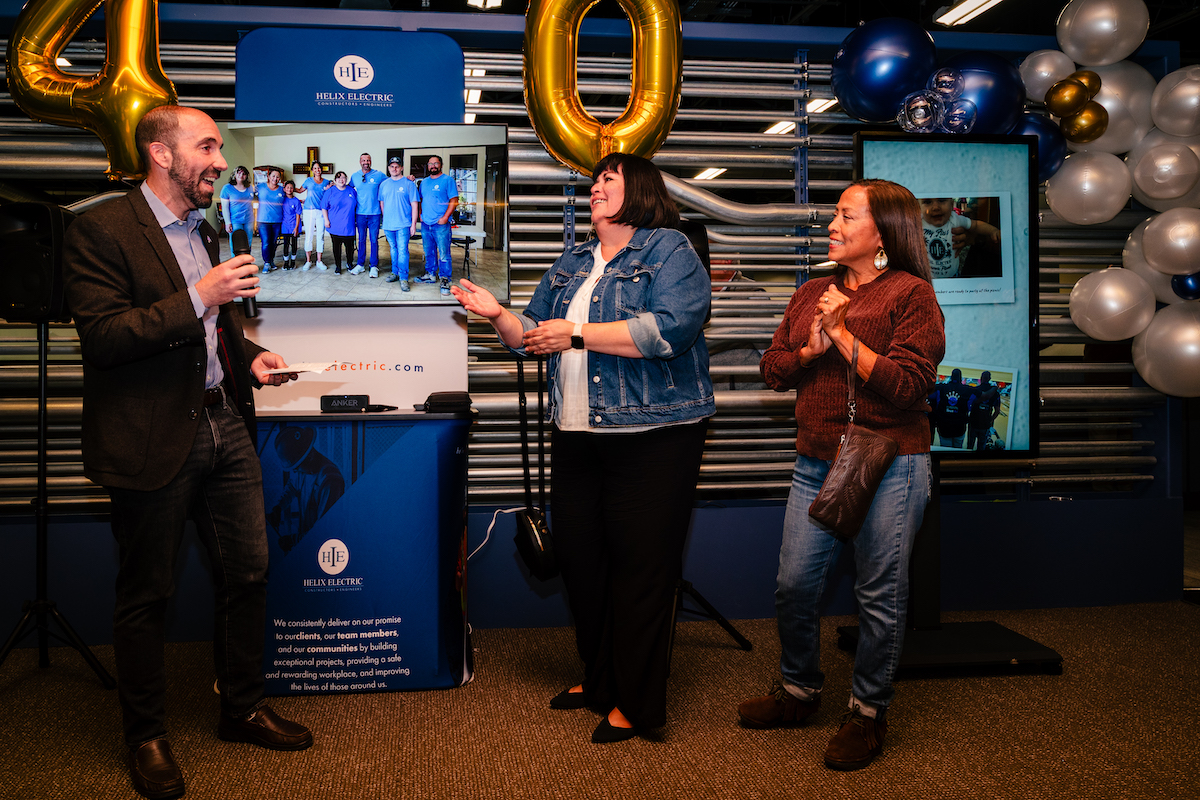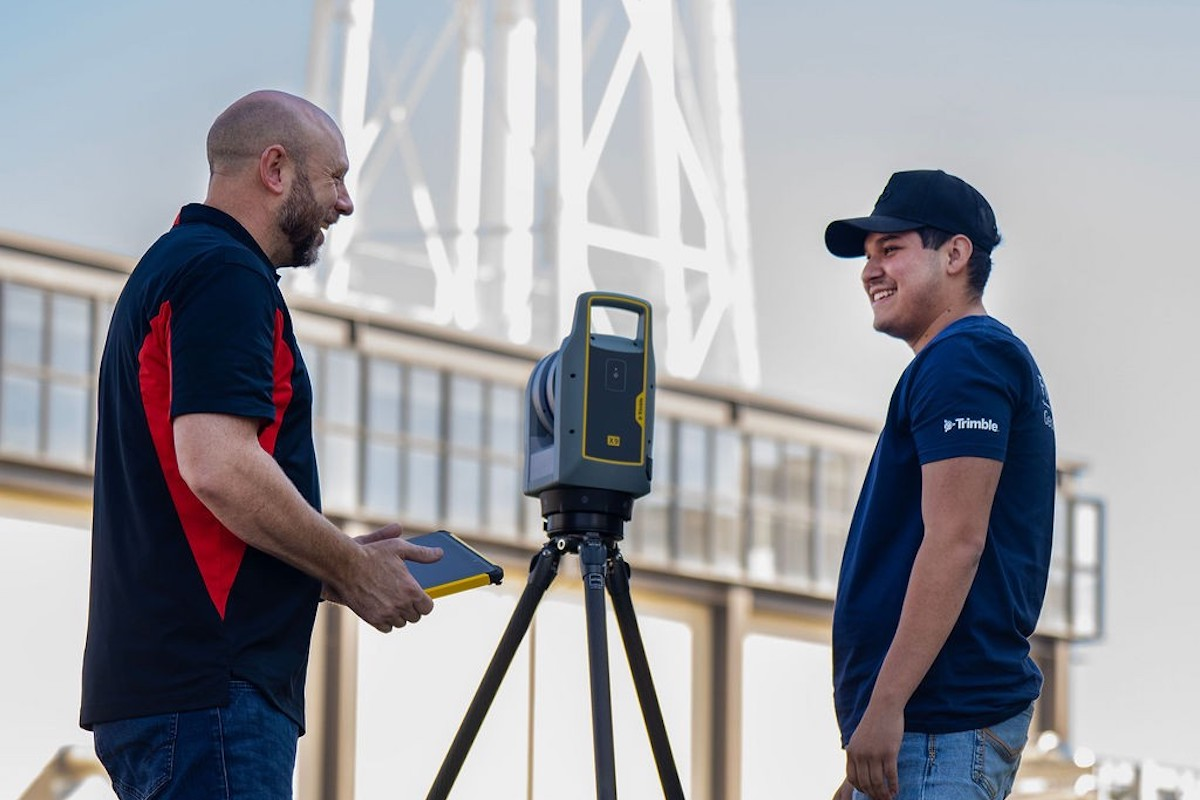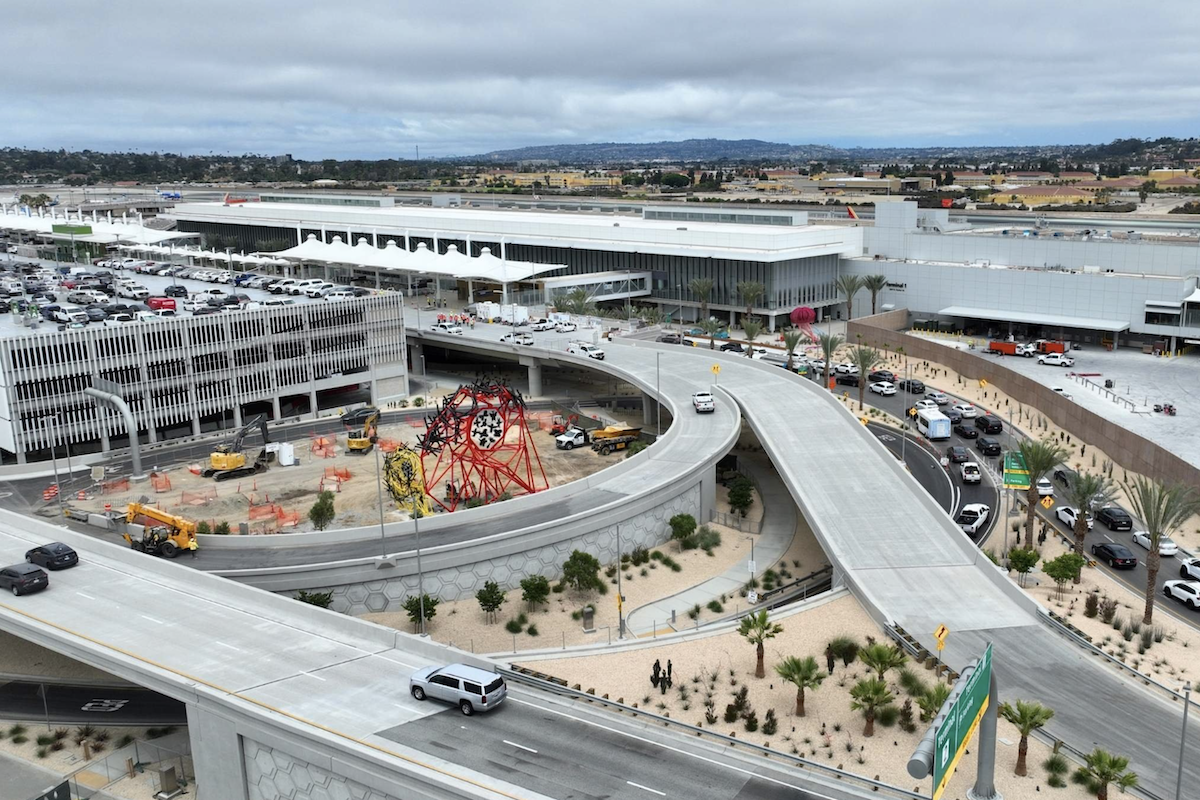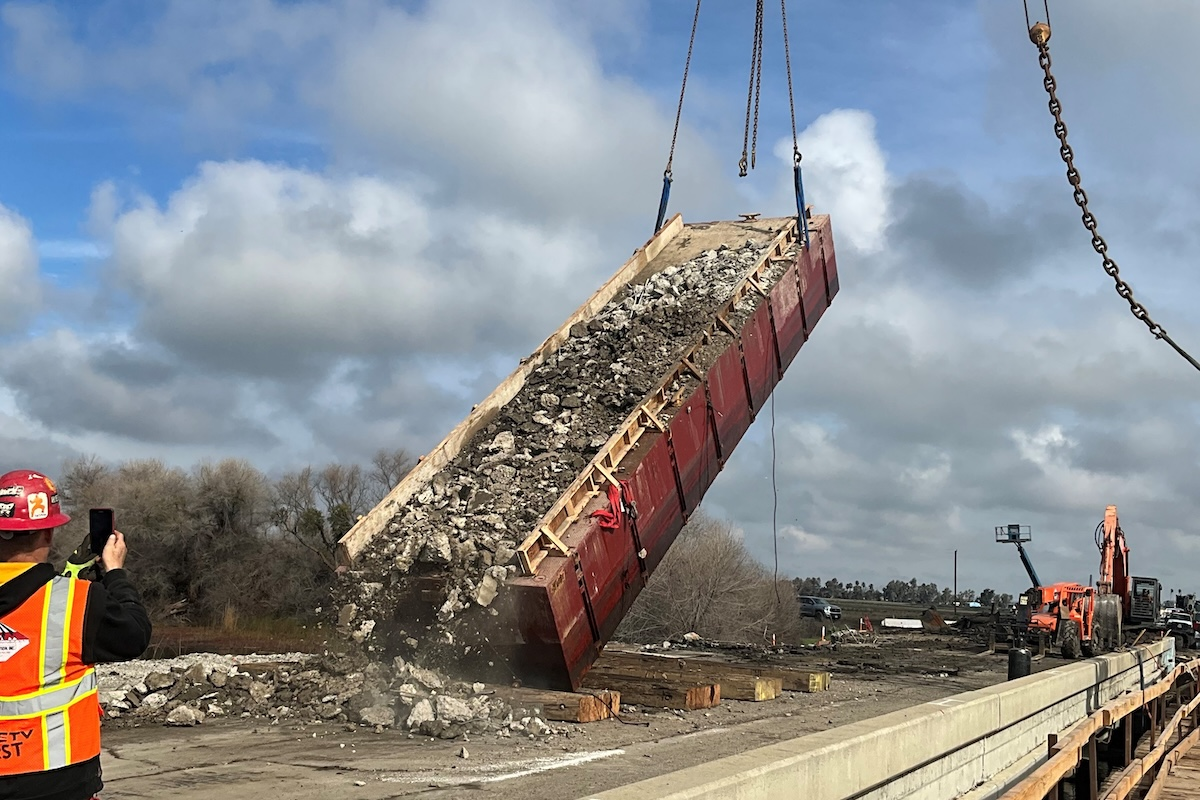That was 30 years ago.
Today, work is wrapping up on Parkside North Housing, CSULB’s first new dormitory in three decades. The $100 million project, which also includes an administration building, started in August 2019. It’s located on the northwest side of campus, at the corner of Atherton Street and Earl Warren Drive. The completed dormitory will have 476 beds, as well as “pod study rooms,” kitchens, and community space. And since it’s scheduled to finish this summer, students returning this fall will have a new “home away from home.”
“This is a long time coming,” Mark Zakhour, CSULB’s Director of Design and Construction Services, told the Press-Telegram. “We have housing that is really old, so we need to start updating and replacing our housing.”
The new, four-story dormitory will have the shape of a figure-eight. The shape allows for courtyards with various benches, seating, and hammocks. The administration building will have common areas, too, as well as open kitchen areas, music practice rooms, and office space. Faculty and staff can stay on the second floor of the administration.

| Your local Trimble Construction Division dealer |
|---|
| SITECH Southwest |
| SITECH West |
What’s more impressive than CSULB’s dedication to green building standards, though, is their 2030 goal: a climate-neutral campus. This means the CPIE building, completed in 2018, was California State University’s first net zero energy classroom. The Parkside North Housing project will be net zero, too.
To make the Parkside North Housing project happen, the university hired McCarthy Building Companies, one of the nation’s top 20 green builders. They don’t consider themselves “just a sustainable building company,” though. Approximately 28 percent of their full-time employee partners, company-wide, are LEED/BD+C certified. McCarthy knows the decisions they make today have lasting effects. That’s why they incorporate sustainability into everything they do. They know net zero. They’re fluent in LEED certification requirements and they knew they could take on the Living Building Challenge.
“We’re very fortunate to be involved with this project and with the university,” said Nate Ray, a Project Director for McCarthy. “The university’s sustainability goals are very aggressive. It’s a risk for the campus to do a LEED Platinum dormitory and LEED Platinum admin building with the Living Building Challenge component.”
According to Ray, McCarthy is pursuing Petal Certification for the dormitory and a full Living Certification for the administration building. A Living Certification is when a project meets all requirements assigned to a typology. Those certifications will be in addition to the buildings’ LEED Platinum and net zero certifications. “It’s an admirable goal for the university,” said Ray. “They are very, very conscious about the environment and sustainability.”
CSULB’s desire to pursue these certifications is rather rare. When McCarthy started working on the Parkside North Housing project, there were only two buildings in California that had or were pursuing Living Building Challenge certifications. Worldwide, there were only 23 buildings, which were all in the United States and Canada.

| Your local Gomaco dealer |
|---|
| Terry Equipment |
CSULB’s high standards stem from their climate action plan, which they adopted in 2014. Two years later, CSULB President Jane Close Conoley signed the Climate Commitment, which outlined goals to mitigate greenhouse gas emissions. Then, in 2018, Conoley created the President’s Commission on Sustainability. Its mission is to integrate sustainability into all aspects of the university.
All this in the name of a climate-neutral campus by 2030.
“Reclaimed water is commonly used for irrigation, but when you think about it, there is a huge amount of water being used in buildings just for flushing. There’s no reason for that water to be fully treated.”
Material selection also required some thought. To be considered “green,” a project should avoid using red-listed materials, which may not be sustainable and are sometimes called “worst in class.” Also, a part of a building’s materials must be manufactured within 500 miles. This discourages the use of overseas products, which use more energy and bypass local or regional providers.
Tracking doesn’t end once the materials are on site, however. Construction waste and debris handling are documented through the use of several on-site bins. Concrete washout or masonry goes in one bin. Leftover rebar goes into another. Steel. Glass. Drywall. Green debris. Actual trash. A place for everything and everything in its place. It makes hauling and recycling that much easier. According to Ray, this process can divert approximately 97 percent of materials from landfills.

| Your local Trimble Construction Division dealer |
|---|
| SITECH Southwest |
| SITECH West |
So, what does a net zero, LEED Platinum certified, Living Building Challenge – Petal certified dormitory look like? And what about a net zero, LEED Platinum certified, Living Building Challenge – Living certified administration building? According to Ray, there were a couple things taken into consideration.
“It was important to CSULB to have buildings with a more modern look, but there is a lot of red brick on existing campus buildings,” said Ray. “We didn’t want Parkside North Housing to look exactly like that. So, while the exterior does have red brick, there’s also plaster and glass. And a cantilevered deck edge.”
While green building can be tricky, the payoffs are huge. For McCarthy – and for CSULB – sustainable construction isn’t only about the creation of a building that has a low environmental impact. It improves the way people live and build and sets the bar high. As Ray said, “Parkside North Housing is really cutting edge – for college campuses across the country, yes – but specifically within the Cal State system.”














